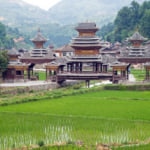Name: Iwatsuki Castle Ruins Park
Address: 3-4 Ōta, Iwatsuki-ku, Saitama City, Saitama Prefecture, Japan
Official/Related Website: http://blog.sgp.or.jp/findpark/iwatsuki/iwatsuki_jyoshi.shtml
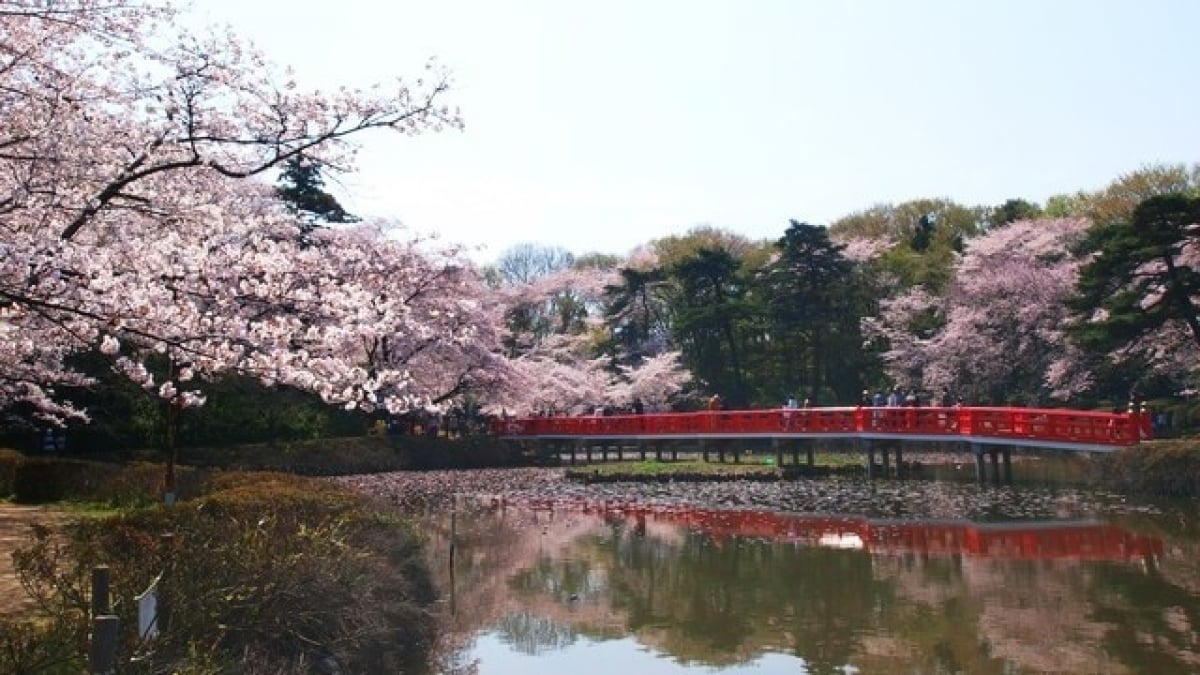
7 Recommended Sightseeing Spots in Iwatsuki! Just One Stop from Ōmiya in Saitama City to the ‘Doll Town’
From Ōmiya Station, the central terminal of Saitama City, it’s just one stop on the Tobu Noda Line express. Iwatsuki Ward in Saitama City is a historic tourist destination known as the "Doll Town."
During the Edo period, Iwatsuki was one of the closest domains to Edo, alongside Kawagoe, and was ruled by hereditary daimyo who held key positions in the shogunate.
In Iwatsuki, you’ll find various historical sightseeing spots centered around the renowned Iwatsuki Castle and its castle town! There are also tourist attractions related to the famous Iwatsuki dolls, which are said to have originated in the Edo period.
In recent years, access has improved with direct bus routes from Saitama Rapid Railway's Urawa-Misono Station. This means you can even make an adventurous plan—watch a soccer match at Saitama Stadium and then go sightseeing! There are also plans to extend the Saitama Rapid Railway to Iwatsuki, making it an increasingly attractive tourist area.
table of contents
[x] close
7 Recommended Sightseeing Spots in Iwatsuki! Just One Stop from Ōmiya in Saitama City to the ‘Doll Town’
1. Iwatsuki Castle Ruins Park
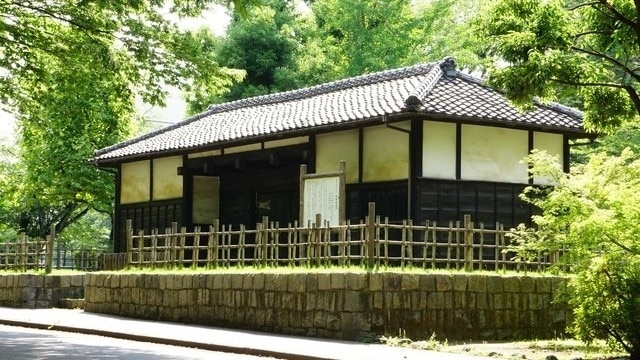
Iwatsuki Castle is a renowned castle that the town takes great pride in. It is said to have been built either by the master castle builder Ōta Dōkan, who also worked on Edo Castle, or by the Narita clan, which gained fame through the novel Nobō no Shiro. The castle once stood as if floating on marshland formed by the old Arakawa River. During the Edo period, it was ruled by powerful hereditary daimyo of the shogunate.
Today, the marsh has been filled in, and the site of the main keep has become a residential area. However, part of the castle grounds has been preserved as Iwatsuki Castle Ruins Park. The park features two relocated castle gates, which are valuable surviving structures, along with deep moats and tall earthen walls that still reflect the castle’s former grandeur.
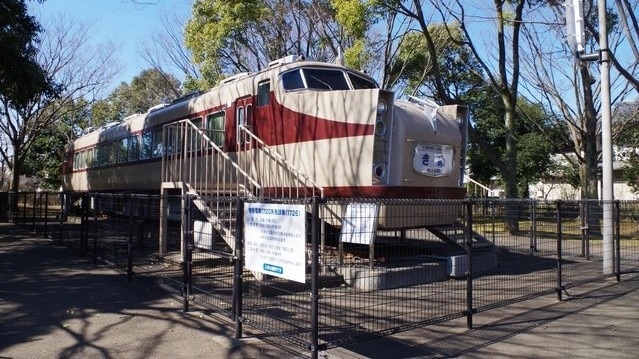
A popular attraction for children in the park is the front car of the Tobu Railway Romance Car "Kinu-go," which is on display. Visitors can even touch and move the levers in the driver’s cabin.
Additionally, Iwatsuki Castle Ruins Park is famous for its cherry blossoms! Around 600 cherry trees line the pond, which was once part of the castle’s moat. The collaboration of these cherry blossoms with the striking red Yatsuhashi Bridge creates a breathtakingly beautiful scene.
2. Tōgyoku & Tōkyū
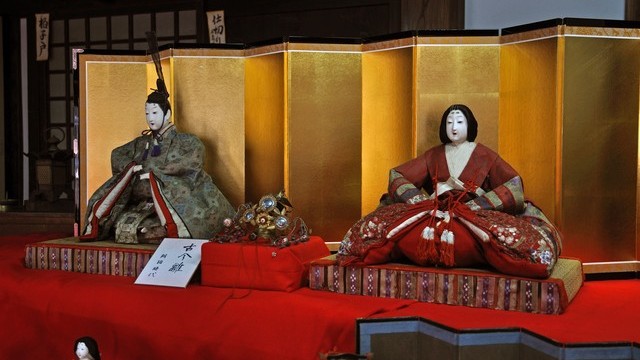
Iwatsuki is still one of the top towns in Japan for producing traditional Japanese dolls. While the exact origins of this craft remain unclear, with theories ranging from the Edo to the Meiji period, it is believed that the town’s abundance of paulownia trees (ideal for doll-making) and plentiful water resources contributed to its development.
Even today, Iwatsuki is home to many doll workshops. Among them, Tōgyoku, which was established in the late Edo period, is one of the most representative. Tōgyoku operates the Doll Museum, where a carefully curated collection of exquisite dolls from various eras and regions is displayed.
Meanwhile, the Doll History Museum, run by Tōkyū Corporation and overseen by master doll maker Fukuda Tōkyū, showcases over 1,500 dolls personally collected by Fukuda himself. This vibrant museum is a must-visit for anyone interested in traditional Japanese craftsmanship. As an expert in the field, Fukuda has assembled a collection of only the finest and most exceptional dolls.
Name: Tōgyoku & Tōkyū
Address:
Tōgyoku: 1-3-2 Honchō, Iwatsuki-ku, Saitama City, Saitama Prefecture, Japan
Tōkyū: 1-7-1 Kakura, Iwatsuki-ku, Saitama City, Saitama Prefecture, Japan
Official/Related Website: http://www.tokyu-doll.co.jp/original.html
3. Hisaizu Shrine
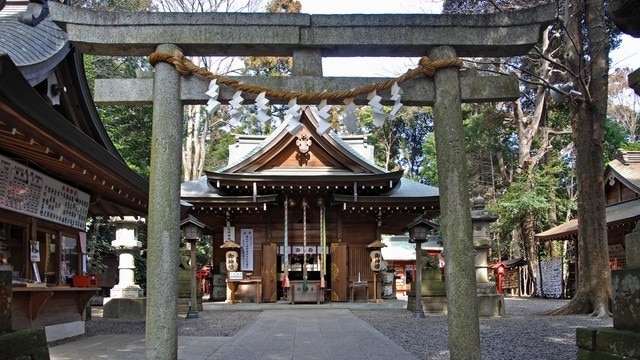
A Quiz Shrine...? No, it’s actually read as Hisaizu Shrine! Located northeast of Iwatsuki Station, Hisaizu Shrine is the region’s main guardian shrine and is said to have been founded about 1,400 years ago. Walking along the shrine’s pathway, surrounded by a deep, lush forest, you can truly feel the history of Iwatsuki.
In recent years, as quiz competitions have gained popularity, some participants visit this shrine to pray for victory. If you’re sightseeing in Iwatsuki, why not take a short detour and pay a visit to the "God of Quizzes"?
Name: Hisaizu Shrine
Address: 2-6-55 Miyamachi, Iwatsuki-ku, Saitama City, Saitama Prefecture, Japan
Official/Related Website: http://www.hisaizu.jp/
4. Jionji Temple

Located in the northern part of Iwatsuki, Jionji Temple is an ancient Tendai Buddhist temple believed to have been founded in the first year of the Tenchō era (824). It received significant patronage from the shogunate during the Edo period, and even today, many Iwatsuki residents and tourists come to visit.
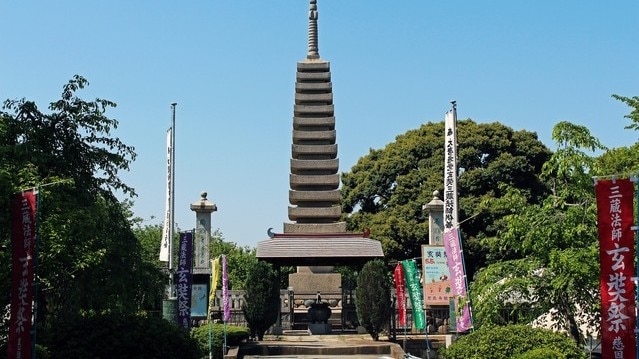
Jionji Temple has two main highlights. The first is the Xuanzang Pagoda, which is said to contain the relics of Xuanzang, the famous Buddhist monk known as Tripitaka in Journey to the West. While only a portion of his remains was enshrined here, the 13-tiered stone pagoda is an impressive sight.
The second highlight is the Nanban Iron Lantern, which has been designated a tangible cultural property of Saitama City. This lantern was donated in 1589 by Date Fusane, a vassal of Ota Ujifusa, the lord of Iwatsuki Castle during the late Sengoku period.
Name: Jionji Temple
Address: 139 Jionji, Iwatsuki-ku, Saitama City, Saitama Prefecture, Japan
Official/Related Website: http://www.jionji.com/
5. Toki no Kane (Time Bell)

When people hear Toki no Kane (Time Bell), they often think of the famous one in Kawagoe City, Saitama Prefecture. However, Iwatsuki also has its own Toki no Kane. It was built in 1671 (Kanbun 11) by the then-lord of the Iwatsuki Domain, Masaharu Abe, to signal the time throughout the castle town.
Even today, the bell rings three times a day—at 6 AM, noon, and 6 PM—resonating through the streets of Iwatsuki just as it did in the Edo period. If you visit Iwatsuki, take a moment to enjoy not only the sights but also the nostalgic sound of history.
Name: Toki no Kane
Address: 6-229-1 Honcho, Iwatsuki-ku, Saitama City, Saitama Prefecture, Japan
Official/Related Website: http://www.city.saitama.jp/004/001/003/001/p013686.html
6. Iwatsuki Local History Museum
The Iwatsuki Local History Museum is housed in a former police station from the early Showa period. This building, with its distinctive Art Deco-style arches, is not just a museum but also a historical landmark in itself.
Inside, the museum is divided into three main sections: Ancient Lifestyles, The History of Iwatsuki, and Everyday Tools. Each section showcases various materials that tell the story of Iwatsuki’s past. Additionally, there is a diorama that recreates the once-glorious Iwatsuki Castle, making it a great starting point for exploring the area's history.
Name: Iwatsuki Local History Museum
Address: 2-2-34 Honcho, Iwatsuki-ku, Saitama City, Saitama Prefecture, Japan
Official/Related Website: http://www.city.saitama.jp/004/005/004/005/009/p009074.html
7. Senkyokan

Senkyokan is a private school founded in 1799 (Kansei 11) by Kodama Nanka, a Confucian scholar and former samurai of the Iwatsuki Domain. Later, it was officially designated as the domain school and renamed Kingakusho by the Iwatsuki Domain. However, in honor of Nanka’s contributions, it is still affectionately called Senkyokan by the residents of Iwatsuki.
This is the only surviving domain school building in Saitama Prefecture. However, due to severe deterioration, it underwent a complete dismantling and restoration in the 21st century. Inside the beautifully restored Senkyokan, you can find exhibits about Nanka, as well as the findings from archaeological excavations conducted before the restoration.
Admission is free, making it a great spot for a casual visit while exploring Iwatsuki.
Name: Senkyokan
Address: 4-8-9 Honcho, Iwatsuki-ku, Saitama City, Saitama Prefecture, Japan
Official/Related Website: http://www.stib.jp/info/data/senkyoukan.html
◎ Summary
When people think of Saitama City, they usually think of Urawa, Omiya, and maybe… Yono? But don’t forget about Iwatsuki! Known as the town of dolls and castles, Iwatsuki offers a rich historical experience. Just a short trip from the popular Railway Museum in Omiya, you can not only see but also interact with nostalgic express trains.
So, if you're planning a quick day trip in Saitama, don’t forget to stop by Iwatsuki!
RELATED ARTICLES
REGIONS
CATEGORIES
FEATURED ON Saitama
-
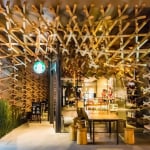
Top 10 Stylish Starbucks Stores in Japan – Scenic Views & Beautiful Designs!
-
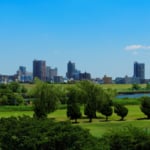
The gateway to Saitama: Kawaguchi City! 6 recommended tourist spots to visit with the family
-
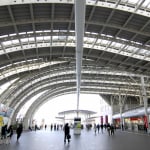
Saitama Shintoshin, now more convenient than ever, is full of unique souvenirs! Here are 5 recommended picks
-
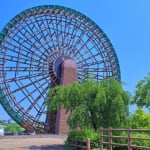
4 Recommended Souvenirs from Yorii Town, Saitama Prefecture
-
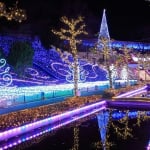
5 must-visit tourist spots in Saitama to enjoy even in the cold winter! Nordic forests and illuminations
MOST POPULAR ON Saitama
-
 1
1Doha: Must-see Attractions in the Capital of Qatar
-
 2
2Toronto: 10 Things to do in this Picturesque Canadian City
-
 3
3Amarillo: A City Famous for It’s Amazing Canyons, Great History and Music
-
 4
4South Korea: Dazzling Scenery, Rich Culture and Fascinating History
-
 5
5Kuwait: A Country in Middle East Asia Famous for Hot Sand Dunes and Stunning Cityscape


